Fuel Your Performance: Vitamins and Minerals for Athletes
Micronutrients: The Hidden Engine of Athletic Performance
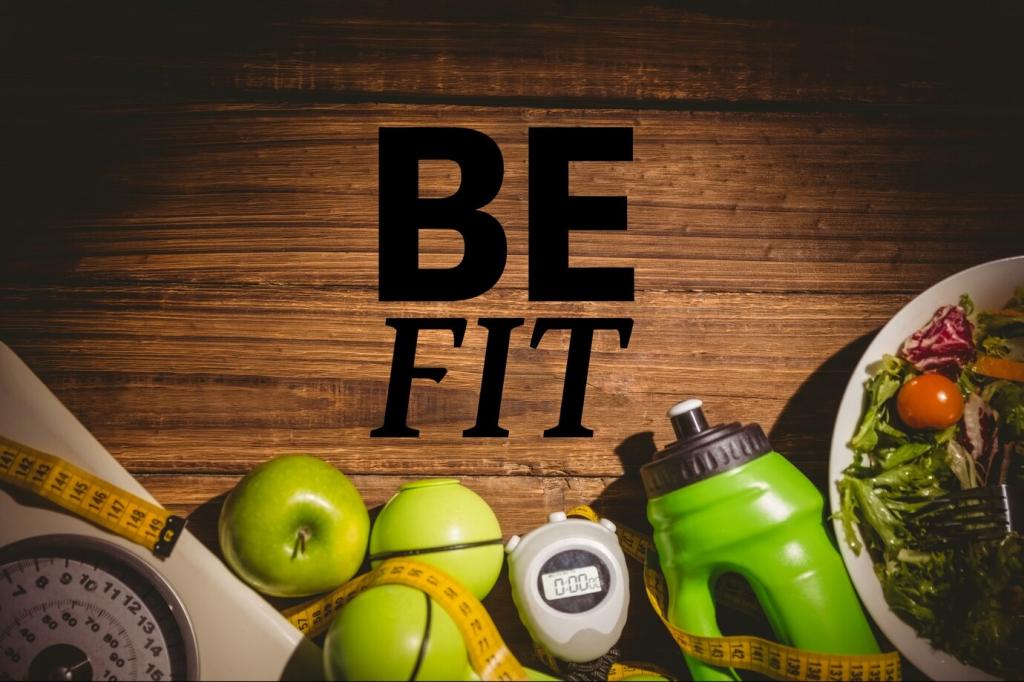
From Training Stress to Adaptation
A runner once plateaued despite perfect sessions—until a nutrition audit revealed gaps in iron and B vitamins. Within weeks of food-first changes, heart rates steadied and workouts felt smoother. Share your experience below if micronutrient tweaks have shifted your training.

Hormones, Immunity, and Inflammation
Vitamins D and C, plus zinc, influence immune readiness and inflammatory balance through intense blocks. Athletes often notice fewer mid-season colds when micronutrients are dialed in. What helps you stay healthy during heavy weeks? Join the conversation and subscribe for more strategies.
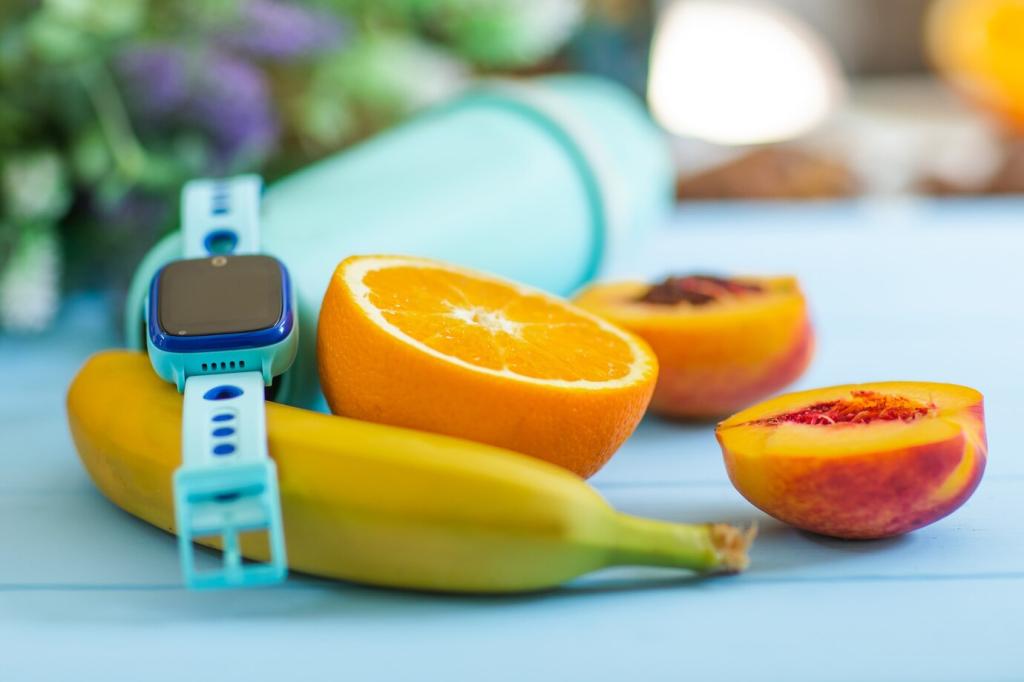
Consistency Beats Sporadic Megadoses
Your body thrives on regular, right-sized inputs, not occasional extremes. Thoughtful routines—built around training, meals, and recovery—create reliable performance. Commit to one habit this week, then tell us how it goes; your tip could inspire another athlete here.
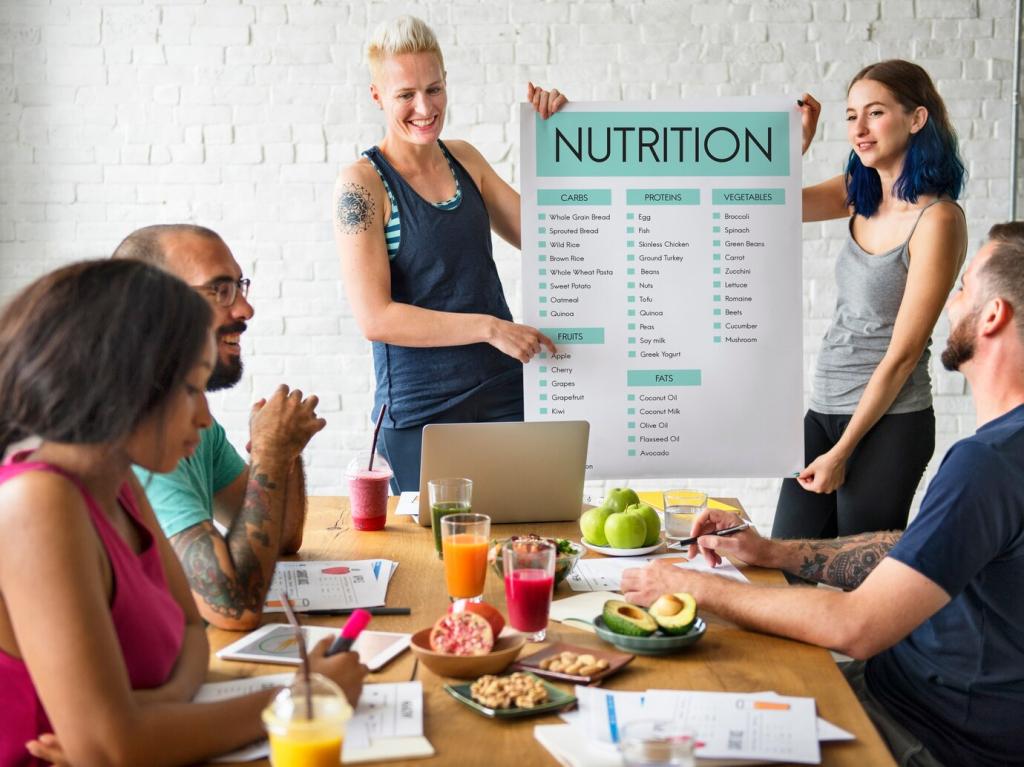
Vitamins That Power Energy and Recovery
B1, B2, B3, B6, and B12 help convert carbohydrates and fats into ATP—the currency of movement. Whole grains, eggs, legumes, and dairy support these pathways. What are your go-to training-day meals? Comment with your favorite B-rich breakfast or snack.
Vitamins That Power Energy and Recovery
Vitamin D influences bone density, neuromuscular function, and motivation through seasonal swings. Indoor athletes and those at higher latitudes often need closer attention. Have you tracked your winter energy levels? Subscribe for practical checklists to keep your vitamin D plan on point.
Minerals for Strength, Oxygen, and Hydration
Iron: The Oxygen Courier
Low iron can quietly drain power by reducing oxygen delivery. Endurance athletes and menstruating athletes are especially vulnerable. Prioritize iron-rich foods and smart pairing with vitamin C. Ever noticed heavy legs despite good fitness? Share your story and strategies that helped.
Magnesium and Calcium: Contraction and Relaxation
Calcium drives contraction; magnesium supports relaxation and enzyme activity. A cyclist battling late-climb cramps saw improvements after reworking meals to include greens, dairy, nuts, and legumes. What recovery ritual helps your muscles unwind? Join the thread and inspire someone today.
Sodium, Potassium, and Zinc: Sweat Smart
Electrolyte needs vary with sweat rate, climate, and training intensity. Strategic sodium and potassium help maintain fluid balance and nerve function, while zinc supports repair. Tell us your hottest race-day hydration lessons—and subscribe for personalized planning templates soon.
Food-First Strategies and Bioavailability
For iron: lean red meat, lentils, beans; for magnesium: dark greens, almonds, cacao; for calcium: yogurt, tofu, sardines; for B vitamins: eggs, whole grains. What staple meal fuels your week? Share recipes to help the community build a stronger menu.
Food-First Strategies and Bioavailability
Pair plant-based iron with vitamin C, enjoy fat-soluble vitamins A, D, E, K with healthy fats, and space calcium away from iron to limit competition. Small tweaks unlock big returns. Comment your favorite combo—for example, lentil salad with citrus and olive oil.

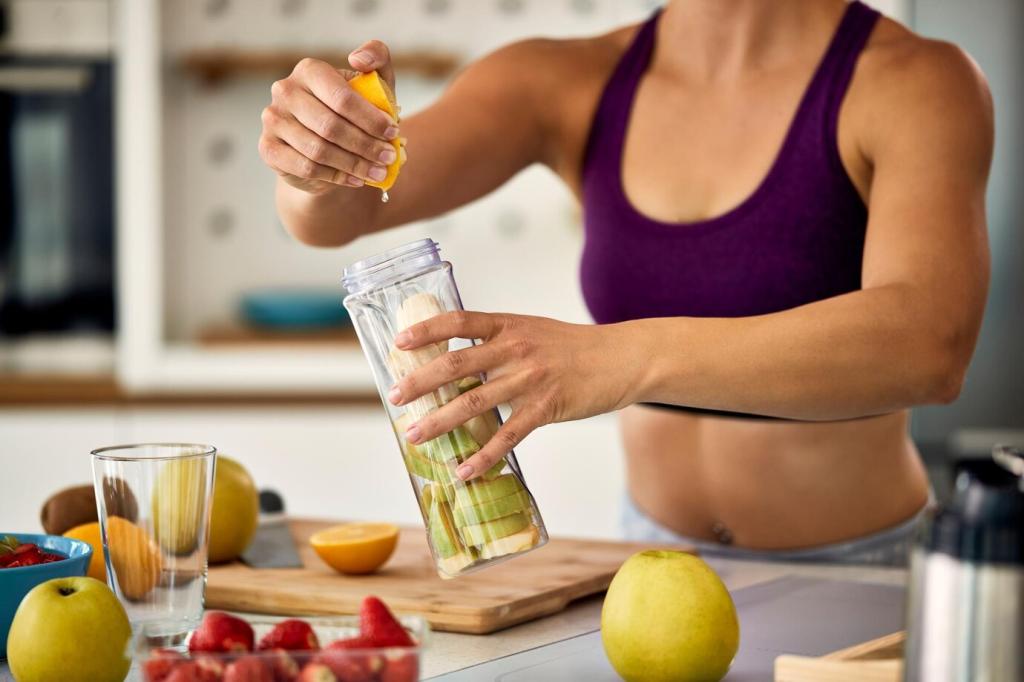
Personalization by Sport, Season, and Lifestyle
Endurance athletes often emphasize iron and electrolytes for oxygen and fluid balance, while strength athletes may focus on magnesium, calcium, and vitamin D for contraction and bone support. Which path are you on? Tell us your current training block and goals.
Personalization by Sport, Season, and Lifestyle
Women may need closer iron and calcium attention; vegetarians should prioritize iron, zinc, and B12 sources; youth athletes benefit from balanced micronutrients to support growth. What challenges do you face? Ask questions and our community will share practical, food-first ideas.
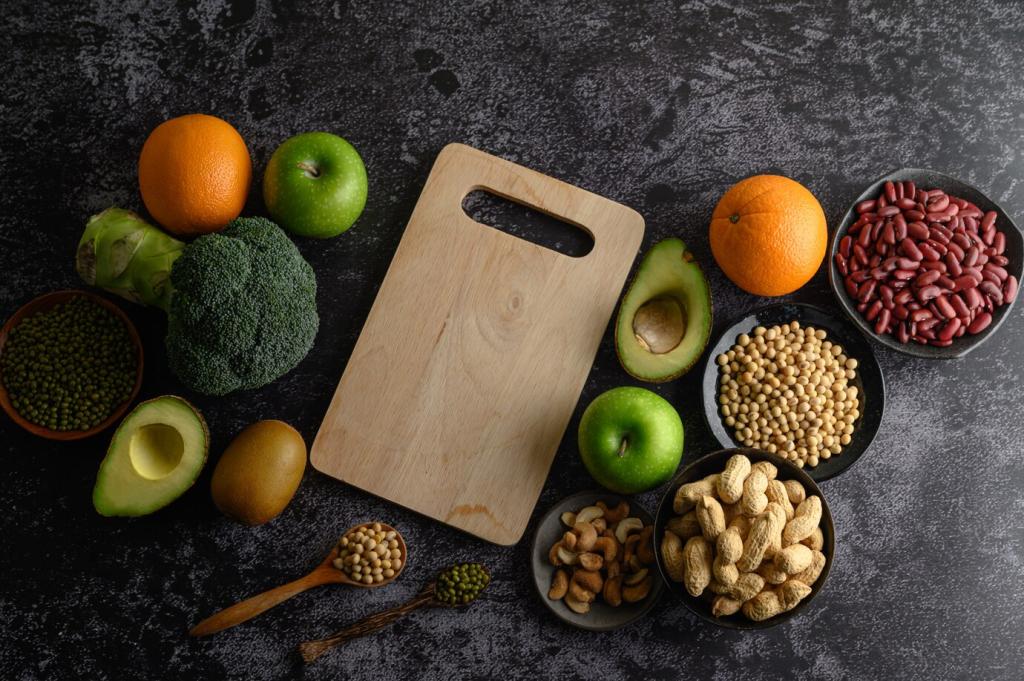
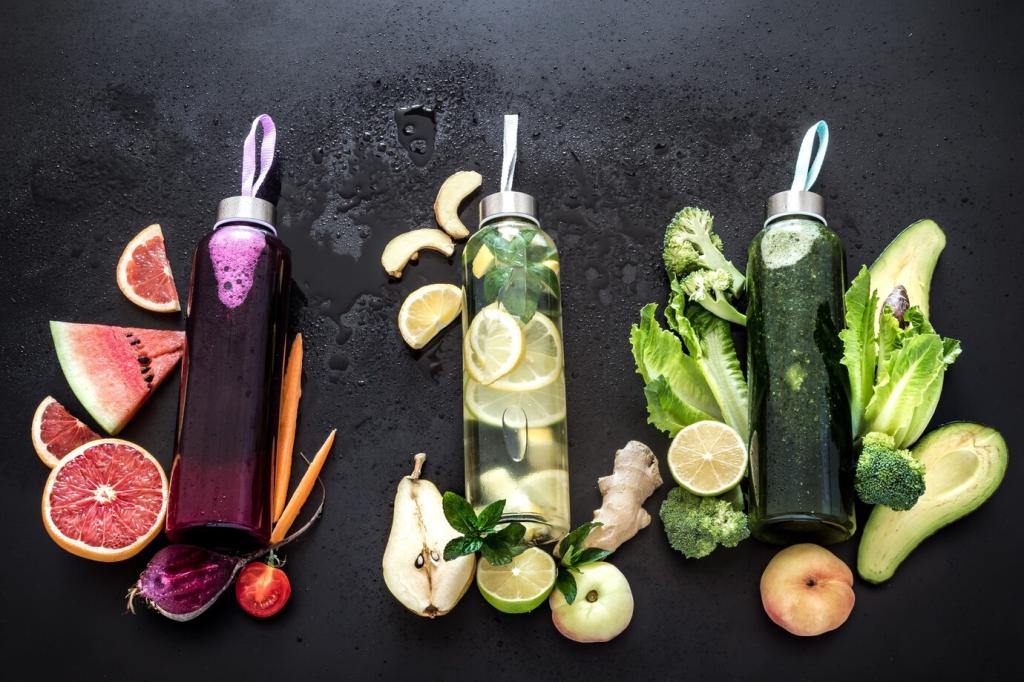
Smarter Supplementation: When Food Isn’t Enough
Seek third-party tested products, respect tolerable upper limits, and avoid mega-dosing. Supplements should complement a solid diet, not replace it. Have a question about labels or certifications? Drop it below, and we’ll build a reader-driven guide together.
